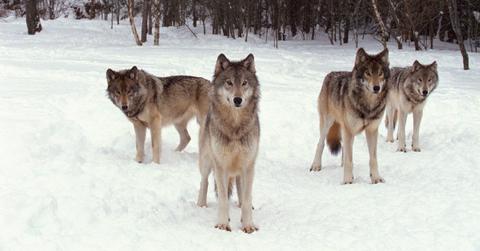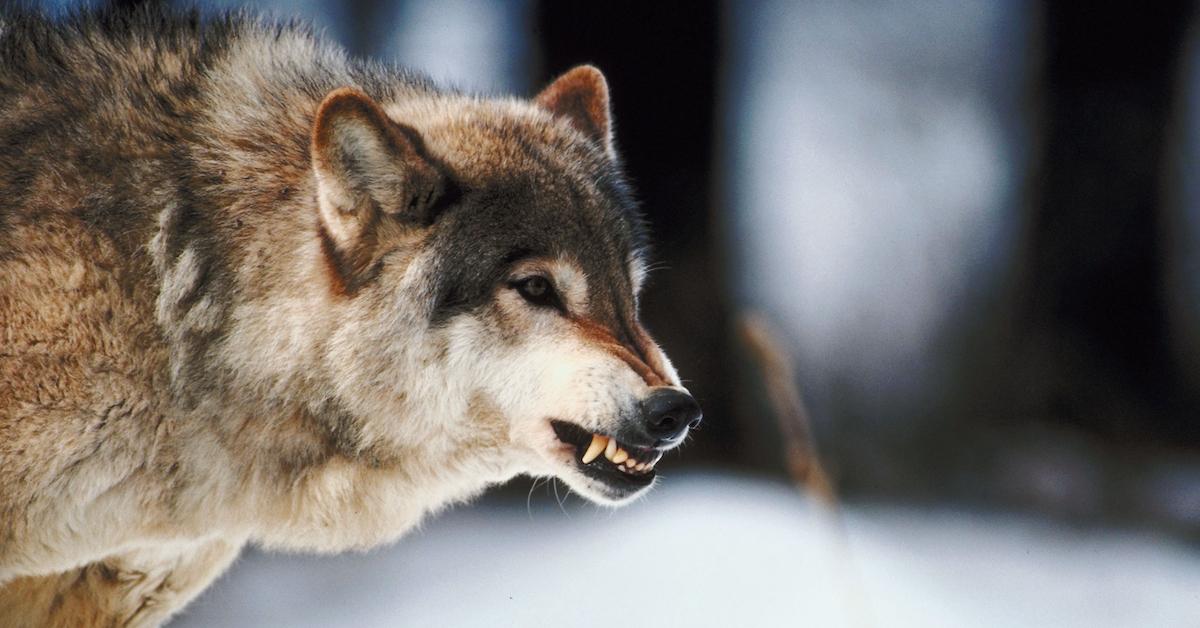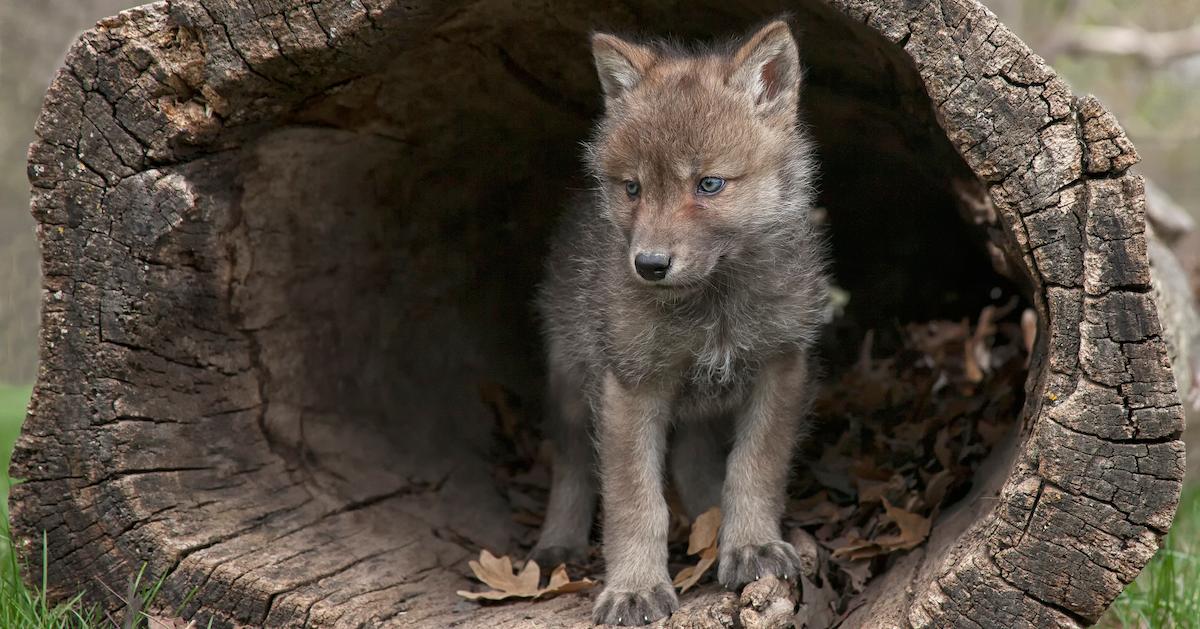Colorado Releases First Five Wolves in First-of-Its-Kind Reintroduction Plan
Updated Dec. 19 2023, 9:48 a.m. ET

The Gist:
- Wildlife officials crafted a plan to reintroduce gray wolves to Colorado in an effort to recover the animal's population.
- On May 3, 2023, the Colorado Parks and Wildlife Commission passed the Final Colorado Wolf Restoration and Management Plan.
- On Dec. 18, 2023, wildlife officials released the first five gray wolves into Grand County on state land in Colorado.
Wildlife officials have been working on plans to reintroduce wolves to the Colorado wild, in an effort to recover the animal's population. On May 3, 2023, Colorado Parks and Wildlife Commission passed the Final Colorado Wolf Restoration and Management Plan. The plan also involves working alongside the U.S. Fish and Wildlife Service.
As of December 2023, the first five gray wolves have been re-released into the wild. Here's what to know about the reintroduction of gray wolves in Colorado, which will be important for overall conservation of the species, and why conservation groups were not impressed by the first iteration of the restoration plan.

Gray wolves were delisted from the Endangered Species Act in 2020.
In October 2020, the Trump administration removed the gray wolves from the Endangered Species List.
Delisting animals from the Endangered Species List can sometimes be a good thing, because it may mean the population has successfully rebounded. However, in many other cases, it's not a good thing, as it strips the species in question of governmental protections.
According to many conservation experts, this was the case for gray wolves (aka Canis lupus). The Center for Biological Diversity, Earthjustice, Animal Wellness Action, and even Dr. Jane Goodall all spoke out against the delisting at the time.
Colorado has been working on plans to reintroduce wolves in the state.
The plan to reintroduce wolves to the Colorado wild began with the November 2020 election, when Colorado citizens voted in favor of the Gray Wolf Reintroduction Initiative. This measure required the Colorado Parks and Wildlife Commission to restore the gray wolf to Colorado.
More than two years later, on Dec. 9, 2022, Colorado Parks and Wildlife publicly shared a draft of the Colorado Wolf Restoration and Management Plan, which was 293 pages long. The plan's key goal was: "To recover and maintain a viable, self-sustaining wolf population in Colorado, while concurrently working to minimize wolf-related conflicts with domestic animals, other wildlife, and people."
On May 3, 2023, the Final Colorado Wolf Restoration and Management Plan was passed, which retains the same goal as the previous draft. The efforts will "require the transfer of about 30 to 50 wolves total, over a 3 to 5 year time frame." The wolves will be sourced from donor states or northern Rocky Mountain states such as Idaho and Montana.
Livestock owners will be provided with financial compensation should wolves injure or kill livestock. Colorado will also provide outreach and education about the wolves for the public.
Additionally, the Final Colorado Wolf Restoration and Management Plan makes it clear that the wolves are property of the state, and that illegally hunting, taking or otherwise possessing these animals will be punishable by fines of anywhere between $2,000 to $100,000, or, at worst, a year in jail.

Where in Colorado will wolves be reintroduced?
According to The Denver Post, Colorado wildlife officials will not publicly disclose the exact location of the release, to protect the safety of the wolves and agency staff members helping with the reintroduction.
However, it was previously stated that the wolves would be released on state land in Grand County near the Rocky Mountains.
On Dec. 18, 2023, the first group of wolves was released in the unnamed remote location, per the Associated Press (AP). The wolves included two pairs of male and female siblings and one independent male wolf.
Conservationists had many criticisms of the plan to restore gray wolves.
Many environmental groups had criticism for the December plan. In fact, in July 2022, a coalition of 14 conservation and wildlife organizations (including WildEarth Guardians, the Center for Biological Diversity, the Colorado Sierra Club, and the Humane Society of the United States) proposed their own Colorado Wolf Restoration Plan.
The proposal was based in science, and focused on making sure the wolves can peacefully coexist with the interests of humans, wildlife, and the needs of ecology. The plan called for the reintroduction of a minimum of 150 wolf packs, which is about 750 wolves.
As per Axios, among many other issues, the Center for Biological Diversity believed there was an issue with the financial incentives that the state is offering to farmers whose livestock are killed by wolves. The center believed this would incentivize the state to introduce far lower wolf populations than needed.
In contrast to policies like this, the Colorado Wolf Restoration Plan includes various prevention tactics in hopes that these conflicts simply never happen, and therefore never escalate or lead to the reintroduced wolves being killed.
This article, originally published on Jan. 10, 2023, has been updated.